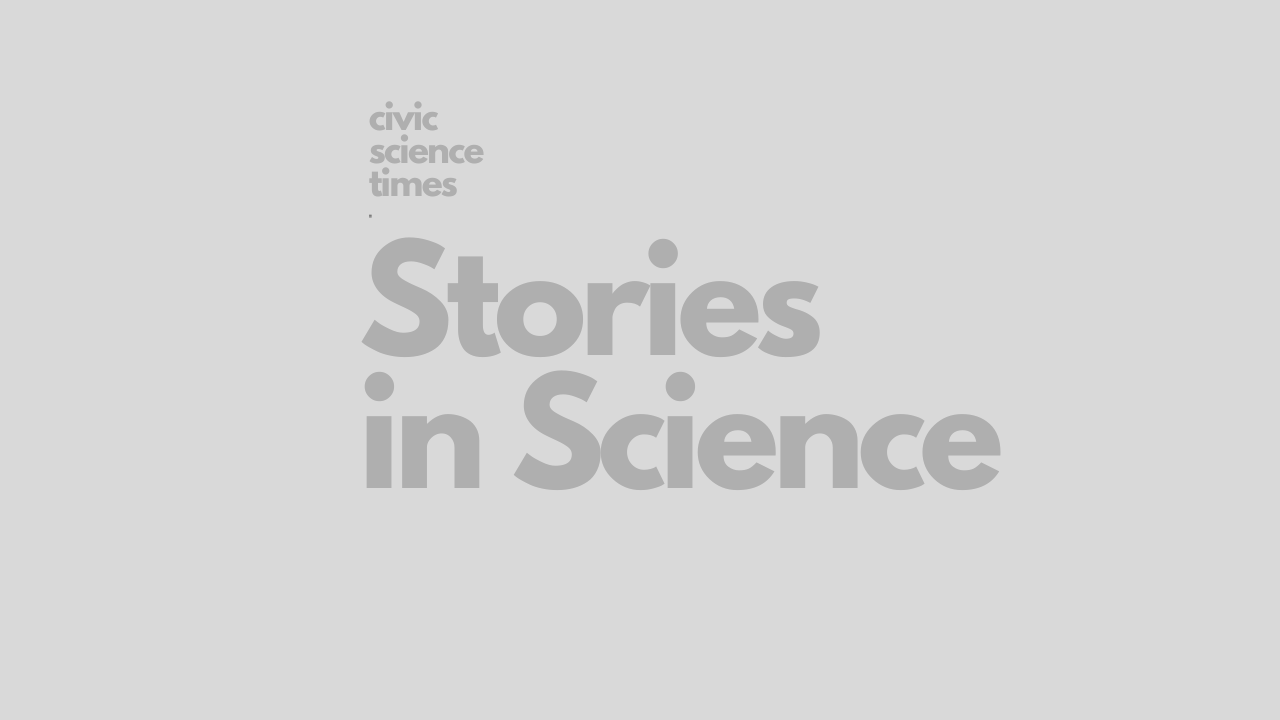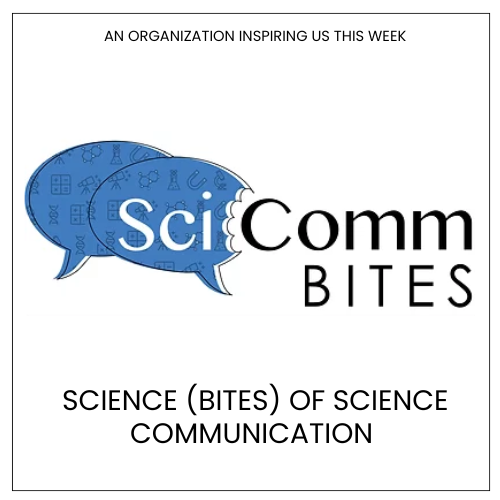CSO - Stories in Science
Growing Up in Science: Gyorgy Buzsaki
György Buzsáki: “To be part of such a conversation, all I had to do was to learn Morse code, memorize the Q language, learn a bit about electronics, pass exams, get a license, build a transmitter and receiver, and set up a wire antenna between the chimneys of our house and the neighbor’s.”

György Buzsáki
[su_boxbox title=”About”]Dr. György Buzsáki obtained an MD degree from University of Pécs in 1974, Hungary and a PhD in Neurobiology from the Hungarian Academy of Sciences in 1984. He is a Biggs Professor of Neuroscience at New York University. His main focus is “neural syntax”, i.e., how segmentation of neural information is organized by the numerous brain rhythms to support cognitive functions. He identified the cellular-synaptic basis of hippocampal theta, gamma oscillations and “sharp wave ripples,” their relationship to each other, and to behavior and sleep. He has shown that neuronal oscillations span several orders of magnitude in time and form a hierarchical system so that the phase of the slower oscillation modulates the amplitude of the faster one and so on. Within this general framework, his laboratory focuses on the mechanisms of memory and associated diseases, in particular how sleep affects experienced events. His most influential work is the two-stage model of memory trace consolidation. Buzsáki is among the top 1% most-cited neuroscientists, member of the National Academy of Sciences USA, member of the European Academy, Hungarian Academy of Sciences, Fellow of AAAS, and he sits on the editorial boards of several leading neuroscience journals, including Science and Neuron, honoris causa at Université Aix-Marseille, France, University of Pécs and University of Kaposvár, Hungary. He is a co-recipient of the 2011 Brain Prize. (Books: G. Buzsáki , Rhythms of the Brain, Oxford University Press, 2006; The Brain from Inside Out, OUP 2019). The story below is re-published in collaboration with Growing up in science. Learn more about the Buzsáki Laboratory. The story is co-published in collaboration with Growing up in Science. [/su_boxbox]

Dr. György Buzsáki Credit: Buzsáki lab
[dropcap]A[/dropcap]s far as I remember, there was only one rule. “Be home before it gets dark.” The definition of darkness was, of course, negotiable. I lived in complete freedom, growing up in the streets with other kids from the neighborhood. We made up rules, invented games and wandered around the reeds, losing ourselves only to find our way out, developing a sense of direction and self-reliance.
I grew up in a child’s paradise, even if those years were the worst times of the communist dictatorship in Hungary for my parents’ generation. My childhood included many animals: turtles, a family of hedgehogs, fish in a toilet tank, pigeons, and barn owls, in addition to our family’s cats and chickens. Our pig, Rüszü, and I were good friends. He was always eager to get out from his sty and follow me to our favorite destination, a small, shallow bay of Lake Balaton. The lake was the source of many happy moments of my early life. It provided everything I needed: swimming during the summer, skating in the winter, and fishing most of the year around.
Summers were special. My parents rented out our two bedrooms, bathroom, and kitchen to vacationers from Budapest, and we temporarily moved up to the attic. Once my father told me that one of the vacationers was a “scientist-philosopher” who knew everything. I wondered how it would be possible to know everything.
I became a scientist as a consequence of striving to understand the true meaning behind explanations.
I took every opportunity to follow him around to figure out whether I could discover something special about his head or eyes. But he appeared to be a regular guy with a good sense of humor. I asked him what Rüszü thought about me and why he could not talk to me. He gave me a long answer with many words that I did not understand, and, at the end, he victoriously announced, “Now you know.” Yet I did not, and I kept wondering whether my pig friend’s seemingly affectionate love was the same as my feelings for him.
Perhaps my scientist knew the answer, but I did not understand the words he used. Here began my problem with words used in scientific explanations. My early curiosity has never evaporated. I became a scientist as a consequence of striving to understand the true meaning behind explanations.
Too often, what my peers understood to be a logical and straightforward answer remained a mystery to me. I had difficulty comprehending gravity in high school. OK, it is an “action at a distance” or a force that attracts a body having mass toward another physical body. But are these statements not just another way of saying the same thing? My physics teacher’s answer about gravity reminded me the explanation of Rüszü’s abilities given by “my” scientist. My troubles with explanatory terms only deepened during my medical student and postdoctoral years and I realized that too often, when we do not understand something, we make up a word or two and pretend that those words solve the mystery.
As part of our mandatory paramilitary education, I chose a ham radio course. I was mesmerized by the sound of the Morse code sounds, especially when our instructor told us that somebody from New Zealand had responded to his call he sent out from our transmitter. The operator on the other side of the world informed us about the sunny weather there, the receiving conditions, the details of his rig, and the antenna type he used.
My surprise only increased when I figured out that our instructor did not speak either English or Maori, and presumably the operator in New Zealand did not understand Hungarian. Instead, I was informed, they “spoke” to each other with dots (short pulses) and dashes (long pulses), through a universal language in which all words consist of three letters, called Q-code.
To be part of such a conversation, all I had to do was to learn Morse code, memorize the Q language, learn a bit about electronics, pass exams, get a license, build a transmitter and receiver, and set up a wire antenna between the chimneys of our house and the neighbor’s. Then I could communicate with any ham radio around the globe.
That is exactly what I did, and the problem of coding has bugged me ever since. Falling in love with radio communication gave me a sense of direction. I had a dream. Be the first person to shoot a signal to the Moon and detect its bounced version. Unfortunately, my high-school plan to become an electrical engineer was vetoed by my parents, and I had to choose between Medical School and Law School options.
I applied to Medical School. While my friends were having fun at the School of Engineering in Budapest, learning exciting stories about radio transmission and electronic oscillators, I spent most of my time studying the unending details of bones and ligaments in the anatomy class. But one day in the physiology class, Professor Endre Grastyán talked about how the brain outputs, such as movement and cognition, control its inputs, rather than the other way around.
Even in the most complex animals, the goal of cognition is the guidance of action. Back then in the 1970s, when Pavlovian sensory-sensory association was the dominant ideology in the East and stimulus-decision-response paradigm dominated Western thinking (and has remained so to this day), Grastyán’s teachings were unusual, to say the least. From that lecture on, my life acquired new meaning. I applied to become his apprentice, got accepted and spent most of my student life in his laboratory.
It was here where I first learned about the hippocampal “theta” rhythm, the oscillation that has become my obsession ever since. My story, thus, is typical of most scientists: a career inspired by a charismatic individual. The most important thing in life is to find a goal. The second step is to figure out how to make a living to achieve that goal. But that is another story, which we will discuss in the seminar.
Metrics
Sessions
Total number of Sessions. A session is the period time a user is actively engaged with the page.
Visitors
Users that have had at least one session within the selected date range. Includes both new and returning users.
Page views
Pageviews is the total number of time the article was viewed. Repeated views are counted.
The CS Media Lab is a Boston-anchored civic science news collective with local, national and global coverage on TV, digital print, and radio through CivicSciTV, CivicSciTimes, and CivicSciRadio. Programs include Questions of the Day, Changemakers, QuickTake, Consider This Next, Stories in Science, Sai Resident Collective and more.

-
Civic Science Observer4 weeks ago
What are the objectives of the Neurotech Justice Accelerator at Mass General Brigham?
-
Civic Science Observer2 months ago
Dear Colleagues: Now is the time to scale up public engagement with science
-
Civic Science Observer2 months ago
Weekend Watch: At Boston College, the McMullen Museum of Art presents “Wonders of Creation: Art, Science, and Innovation in the Islamic World”
-
Civic Science Observer3 days ago
Dear Colleagues: Help us understand the national impacts of federal science funding cuts on early career researchers in academic laboratories























